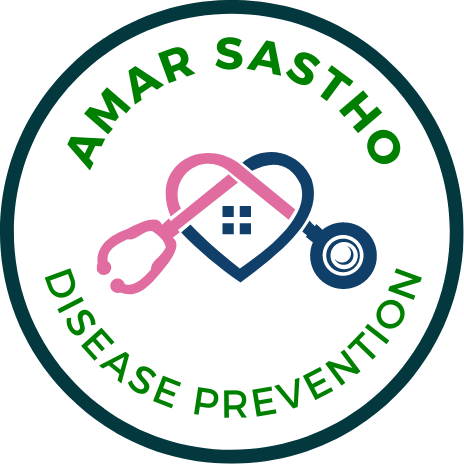Smoking causes the majority of lung cancers — both in smokers and in people exposed to secondhand smoke. As more damage accumulates, the risk for cancer increases. In these cases, there may be no clear cause of lung cancer.
Smoking:
Tobacco smoking is by far the main contributor to lung cancer. Across the developed world, 90% of lung cancer deaths in men and 70% of those in women during the year 2000 were attributed to smoking. Smoking accounts for about 85% of lung cancer cases.
Cigarette smoking causes cancer of the mouth and throat, esophagus, stomach, colon, rectum, liver, pancreas, voice-box (larynx), trachea, bronchus, kidney and renal pelvis, urinary bladder, and cervix, and causes acute myeloid leukemia.
Passive Smoking:
The inhalation of smoke from another’s smoking – is a cause of lung cancer in nonsmokers. A passive smoker can be defined as someone either living or working with a smoker.
Passive smoking results in roughly 3,400 lung cancer-related deaths each year in the US.
Radon Gas:
Radon is a colorless and odorless gas generated by the breakdown of radioactive radium, which in turn is a decay product of uranium, found in the Earth’s crust. Radon is the second most-common cause of lung cancer. Radon is produced by the natural breakdown of uranium in soil, rock and water that eventually becomes part of the air you breathe. Unsafe levels of radon can accumulate in any building, including homes.
Asbestos:
Asbestos can cause a variety of lung diseases such as lung cancer. Tobacco smoking and asbestos both have synergistic effects on the development of lung cancer. In smokers who work with asbestos, Workplace exposure to asbestos and other substances known to cause cancer — such as arsenic, chromium and nickel — also can increase your risk of developing lung cancer, especially if you’re a smoker.
Air Pollution:
Outdoor air pollutants, especially chemicals released from the burning of fossil fuels, increase the risk of lung cancer. Tentative evidence supports an increased risk of lung cancer from indoor air pollution in relation to the burning of wood, charcoal, dung, or crop residue for cooking and heating.
Women who are exposed to indoor coal smoke have roughly twice the risk, and many of the by-products of burning biomass are known or suspected carcinogens

